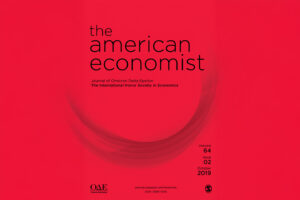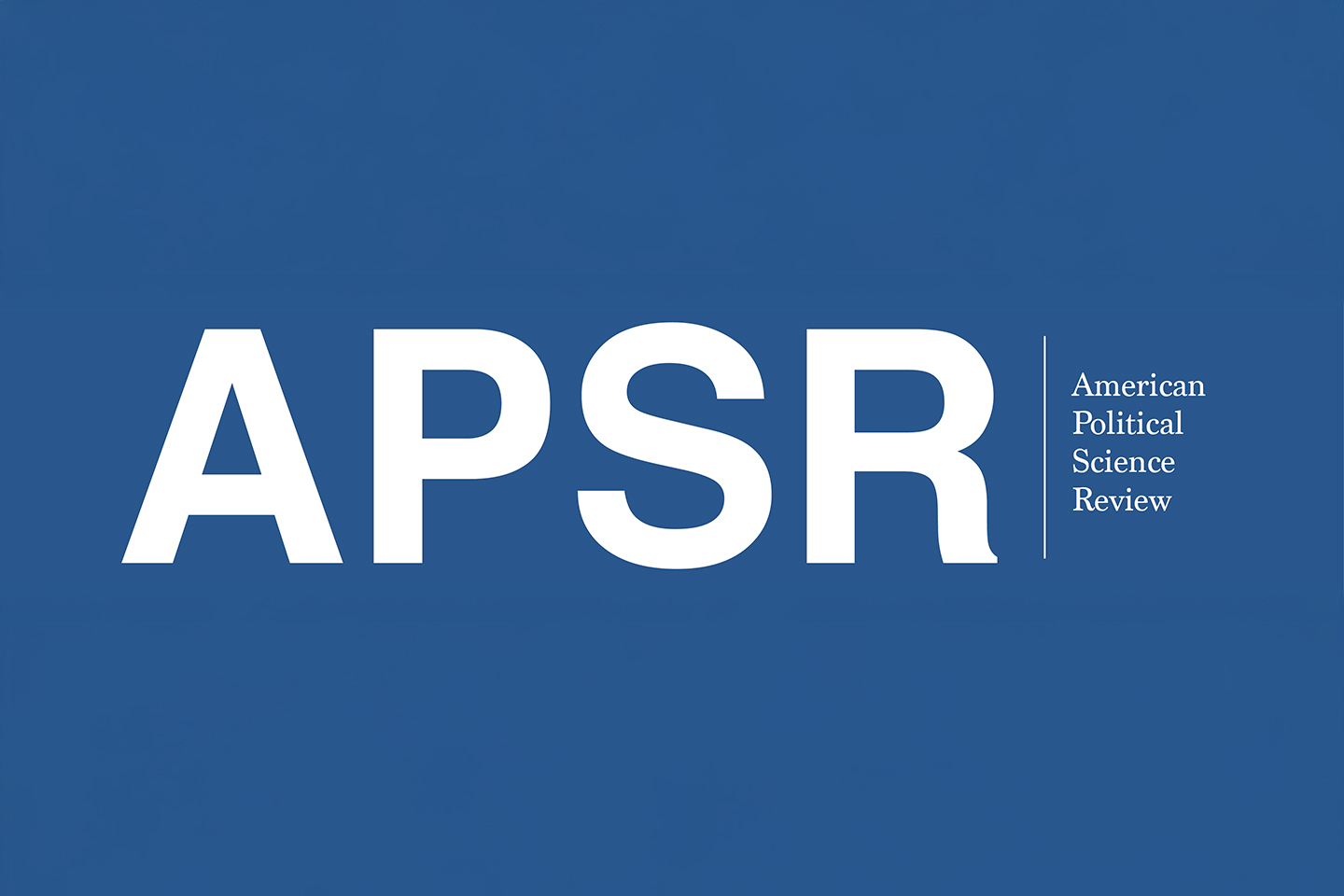
The views expressed are those of the author and do not represent the views of the SNF Agora Institute or Johns Hopkins University.
Authors: Simon Halliday, Sai Madhurika Mamunuru
Symposia in the Journal of Economic Literature and the Journal of Economics Education have considered what should be taught in the introductory economics classroom. Scaling that question up to the major as a whole involves a discussion of the competencies that a graduate with an economics major ought to have. Within this discussion, relatively less attention is devoted to what and how economic theory should be taught to economics majors. Here, we focus on a class in intermediate microeconomic theory. We discuss how the content and emphasis of the course could be modified to (a) more closely reflect what economists do, (b) respond to—though not determined by—the changing interests of economics majors, and (c) be more inclusive. We argue that instructors could take a more intuitive, problem-centered approach to teaching microeconomic theory and prioritize discussion of strategic interactions, social preferences, incomplete information, and common pool resource problems.






